Timely Tips for Looming Turkey Hunting Seasons
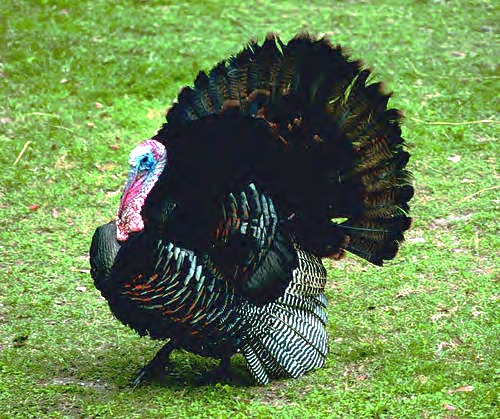
By Jim Dickson | Contributing writer
Spring means it’s time to get out the shotgun and get ready for wild turkey on the table!
This is the earliest bird hunting season of the year, and they’re the largest gamebird in the country.
My wife Betty never got too worked up over quail or grouse hunting for she always said “Why should I shoot a little bird when I can shoot a great big deer!” Well, turkeys were even a big enough bird for her and we spent many hours in blinds hunting them. I used a Lynch Foolproof turkey call and was pretty good with it but it became Betty’s job the first time she used it. She said “If you want it to sound like a sexy female then let a female do it!” She made that turkey call sound like a turkey version of Mae West and she could draw a big Tom in to within a few feet of us!
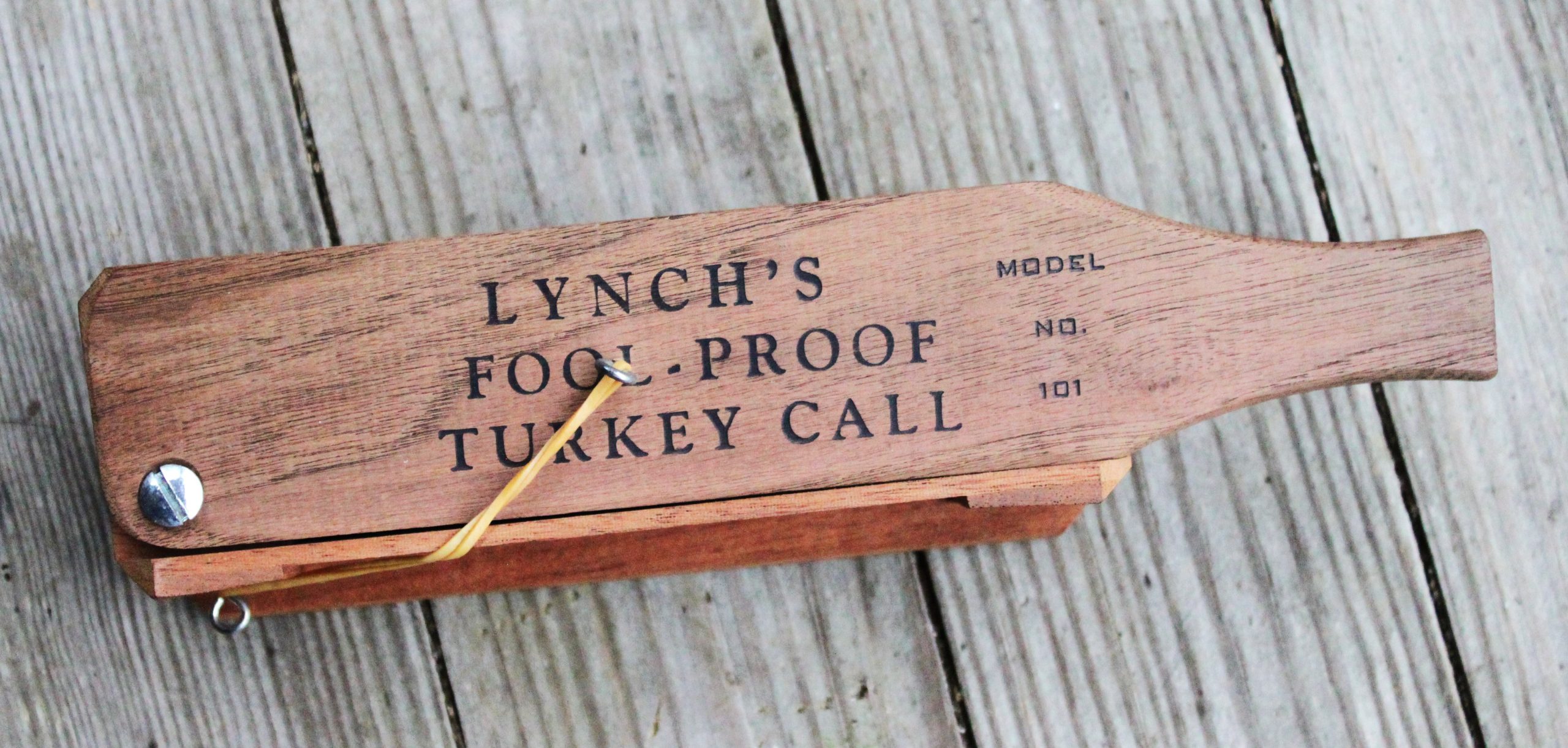
In addition to the Lynch box call there are also slate calls and mouth calls. Old timers used to make turkey calls out of the wing bone of a turkey. Whatever you use you have to learn what the different turkey sounds are and what they mean.
Turkeys have their own language and until you learn it and can make those sounds with the right inflection you are not likely to be very successful although you might luck up and get a curious bird wanting to investigate that strange noise he heard. Don’t count on it though. That sort of bird doesn’t last long in the wild. Listen to recordings of the sounds a turkey makes and practice until you can duplicate them with your call.
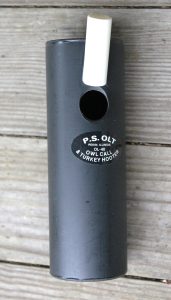
Remember that turkeys are among the most wary game in North America and they are very intelligent. Never underestimate them. You wouldn’t accept someone with a thick German accent as a Frenchman and neither will a turkey accept a call with a thick human accent to their turkey calls.
One bird that often fakes out turkey hunters in North Georgia is the pileated woodpecker. This giant woodpecker with the red cap is second in size only to the imperial woodpecker of Cuba and South America and the possibly extinct ivory billed woodpecker. It makes a clucking sound just like a hen turkey.
When you want to locate turkeys that are staying quiet remember that they will also respond to an owl hoot. We used an Olt owl call and turkey hooter with good success.
Turkeys can see color but they are much more alerted by movement and strange shapes. Game biologists recommend not wearing red, white or blue for safety as a glimpse of these colors through the brush can be mistaken for the colors of a turkey’s head.
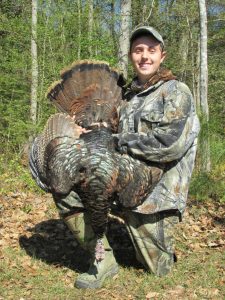
Camouflage is almost standard today among turkey hunters and should be chosen according to the background that you will be hunting in. Grass pattern is called for if your background is field grass and Mossy Oak if you have your back to an old oak tree. Leaf pattern is needed if leaves are your background but it must be the same color as those leaves during turkey season. This means either a green leaf or a brown leaf design, whatever matches the leaves around you. The type with imitation leaves sticking out and breaking up your outline would be highly recommended as would a ghillie suit as these break up the human shape. The use of a blind will make the necessity for this less.
Blinds can be screens or factory made but it is a good idea to leave any blind out there long enough before the season starts that the birds get used to it. Of course this also makes it more likely that it will be appropriated by other people. Betty and I used to take a fallen tree or brush tangle and improve it slightly with more brush for our blinds. We wore our regular tan canvas hunting clothes and had good success.
Some people get too obsessed with camouflage and keeping still and elevate their ideas of the turkey’s natural abilities to sense them too much. I have successfully stalked and killed turkeys in my everyday clothes when the occasion demanded it so they are not some super being.
Choose Your Weapon
We always used 12 gauge shotguns with 1 ounce of # 6 shot over 3 drams of powder. This gives perfect patterns out of my guns and will shoot through the heavy feathers and the biggest bones in the turkey at extreme long shotgun range. These days most dedicated turkey hunters opt for more power though we never needed it.
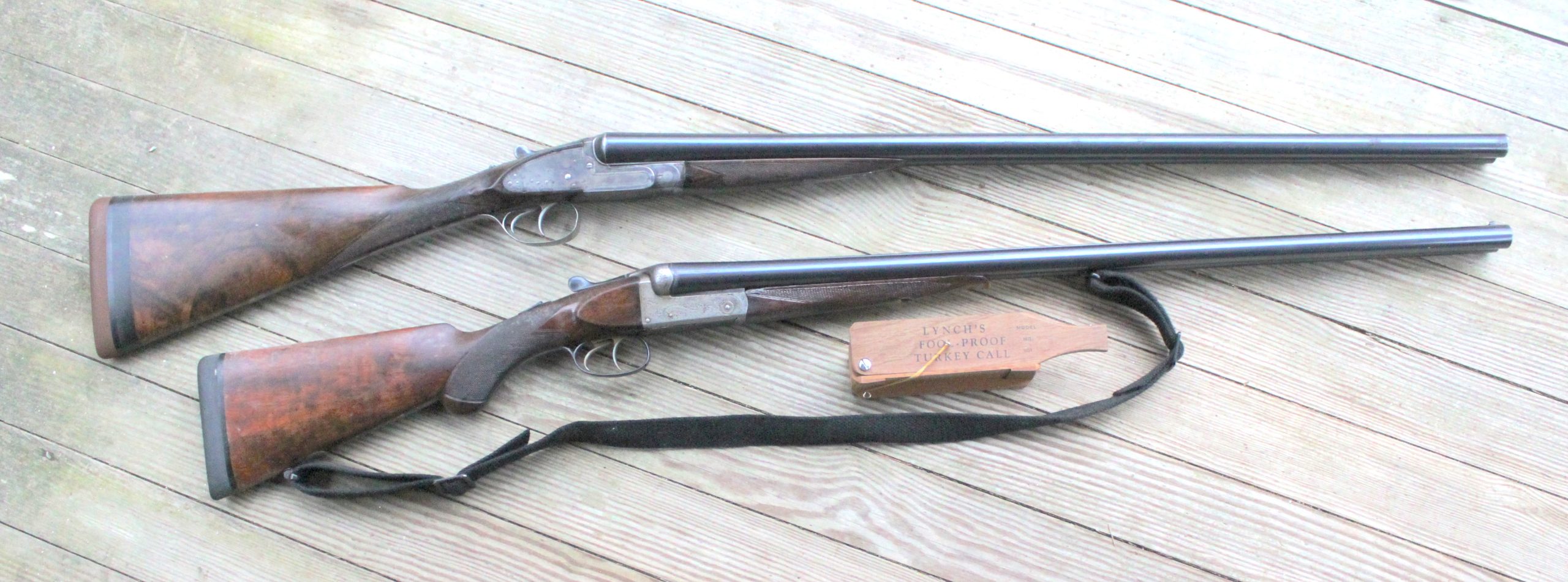
Today you will find 3-inch magnum and even 3 ½-inch magnum 12-gauge shotguns as well as 10-gauge magnums common among turkey hunters. The larger shot capacity has resulted in larger shot sizes being used and people will argue over whether # 4, # 5, or # 6 shot is best.
American shotgun manufacturers all produce at least one model specific for turkey hunting, typically wearing some sort of factory-applied camo finish. Benelli, Beretta, Browing, Mossberg, Remington, Winchester and others offer either pump and/or semi-auto models.

Long range shooting seems to be a hot topic among turkey hunters but there are no hard and fast rules about what “long range” is. You have to take a turkey target and shoot it at various ranges with your particular gun and load until you find the maximum range that consistently has a lethal shot concentration in the kill zone. Whatever that is, your maximum range and you can put out stakes to mark it in front of your blind if need be and that is allowable in your location.
Most time you can call turkeys closer so long range shots are not always needed.
Scout Now, Score Later
Pre-season scouting is just as important for the turkey hunter as it is for the deer hunter. You need to locate the roosting trees they are using at night so that you can stake them out and be in place as the sun comes up and they fly down to feed.
They make enough noise calling to each other as they assemble at roosting time to make this easier than it might sound. Again, you have to know what the various turkey calls mean so you can know what they are doing as well enabling you to make the proper call at the right time.
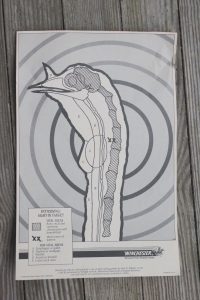
Do not press them close when locating their roosting tree as it is easy to disturb them and scare them off at this time. They want a private safe place to roost, not one crawling with people.
While I have gotten turkeys at all hours of the day, this is the safest and surest way to get a turkey dinner. Remember that they will be looking around for danger before they fly down lest they fly into the open jaws of a coyote so be absolutely still as they are waking up and starting to visually scan the ground for predators. Remember, you aren’t the only thing in the woods that wants a turkey dinner and the turkeys sure aren’t going to forget that fact.
Turkey habitat is ideally high grass such as you find in old fields and woodlands with lots of ground area shrubs. They particularly like holly berries and can eat them safely even though these berries are poisonous to humans and other mammals as they contain theobromine, saponins, and methylxanthines.
Loss of habitat coupled with the fact that not all turkeys are good mothers plus the spreading of coyotes that prey on poults and brooding mothers have all played a role in the declining turkey populations in some areas. Where I once had a field covered in them at times in the days before we had coyotes here I now have just three turkeys roaming my farm.
Turkey flocks can also have as wide a range as deer or even more so don’t be surprised if they come and go. One day you may be overrun with them and the next day they can be miles away. It’s just like deer hunting. They aren’t always there where you are.
Turkey hunting is a lot like fishing. While it is nice to have a fine bass boat and equipment costing five figures you can still catch fish without that. The same goes for turkey hunting as many a farmer in bib overalls and a single barrel shotgun has proved over the years. Just get out there and have fun.



